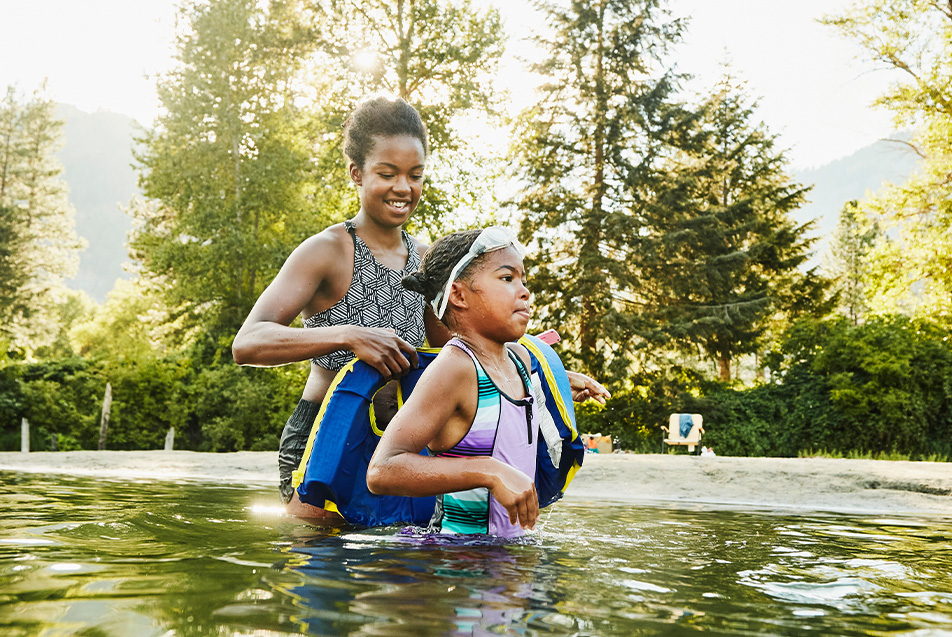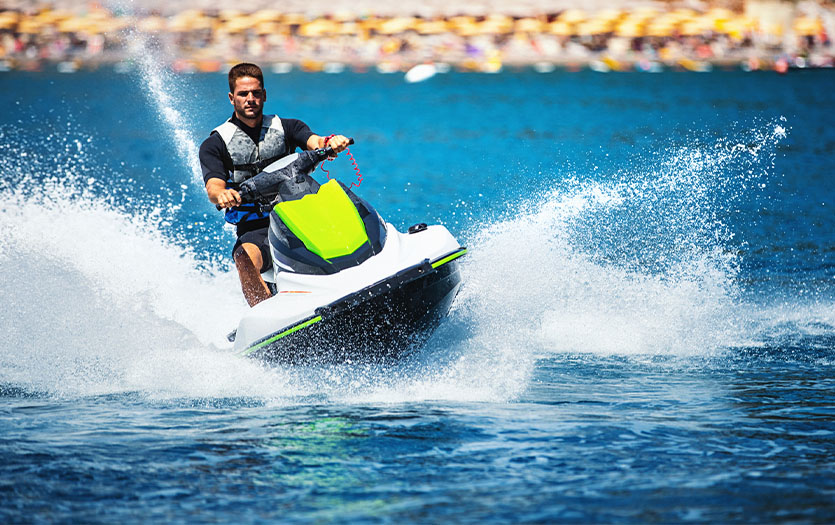
This post was written by Lauren Quandt, MSN-RN, CEN, TCRN, pediatric trauma coordinator, injury prevention specialist, child abuse coordinator, Parkview Regional Medical Center.
Children are naturally curious about water before they have the ability to understand the risks. In the United States, drowning is the second leading cause of unintentional injury death among children ages 1-14. The risk is overwhelming, as children can drown in less than two inches of water. Drownings happen quickly and quietly. Every year, we see patients in the Parkview Pediatric Trauma Center who experience either a fatal or near fatal drowning; and our proximity to the rural setting often increases the risk factor.
Did you know?
- More children and teens drown in open water than in pools.
- Drowning rates for all ages are three times higher in the rural setting.
- Drowning in canals, pits and ponds is the second-leading cause of child agricultural-related deaths.
- Male children make up 80% of open water drowning fatalities.
- Children, ages 0-4 years old, make up 23% of water fatalities.
Hidden hazards
Often, water hazards are difficult to see from above, or children don’t have a good understanding of the risks the conditions present. Some of the biggest hidden hazards include:
- Sudden drop-offs
- Limited visibility
- Rocks and vegetation
- Cold temperatures
- An inability to judge distance
Parents’ role in prevention
Whether you are observing your own child, or watching a child who is under your care, it is essential to take responsibility for the minor who is in the water under your supervision. We recommend doing the following to prevent water-related injury:
- Take the responsibility seriously. Life jackets and other floatation devices are not a substitute for constant adult supervision!
- Abstain from alcohol and other drug use.
- Make sure there is rescue equipment near the body of water.
- Learn to swim.
- Learn basic rescue techniques, including CPR.
- Be alert for any construction or agricultural work in the area. Large pieces of equipment can leave holes or ditches with standing water.
Gauging your child’s ability to swim
If you aren’t sure if your child (or the minor in your care) is developmentally ready to participate in water activities, assess the following:
- Ability to swim and float
- Ability to anticipate, recognize and react to hazards
- Good judgment to stay in appropriate water depth for their ability
If you have concerns about any of these points, take extra precautions to keep the child safe.
Remember, adults watching kids in or near water should avoid distracting activities like reading, using the phone, and consuming alcohol or drugs, because drowning happens quickly and quietly.
References
CDC. (2021). Drowning Prevention
National Children’s Center for Rural and Agricultural Health and Safety (2022)
Safe Kids. (2018). Hidden Hazards: An Exploration of open water drowning and risks for children



